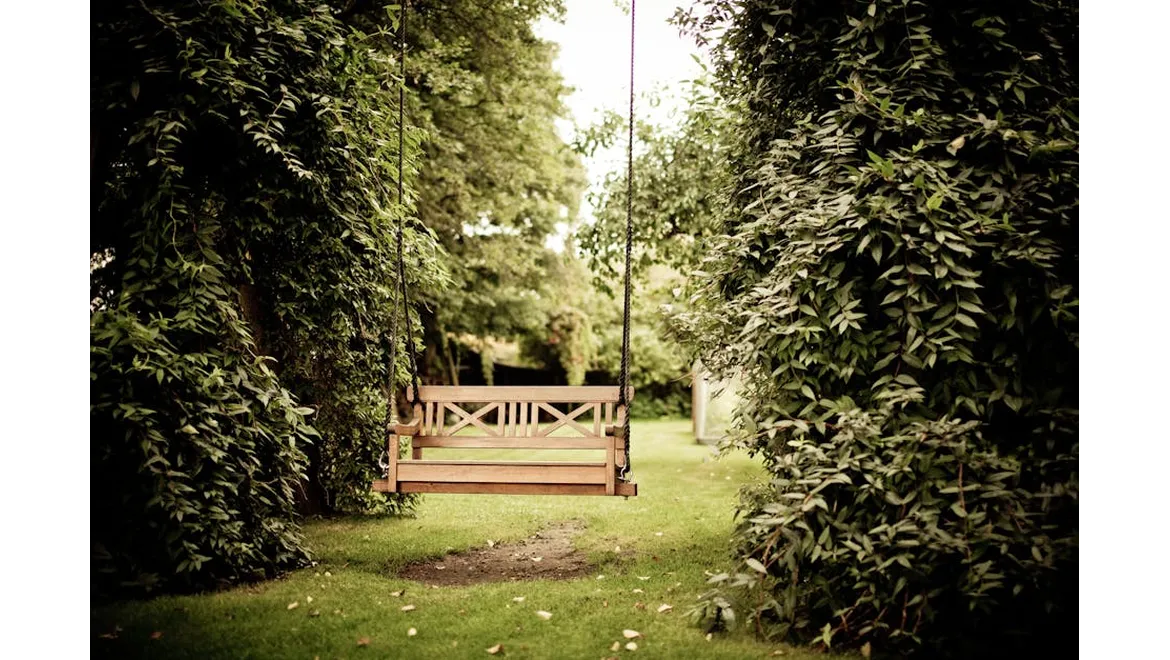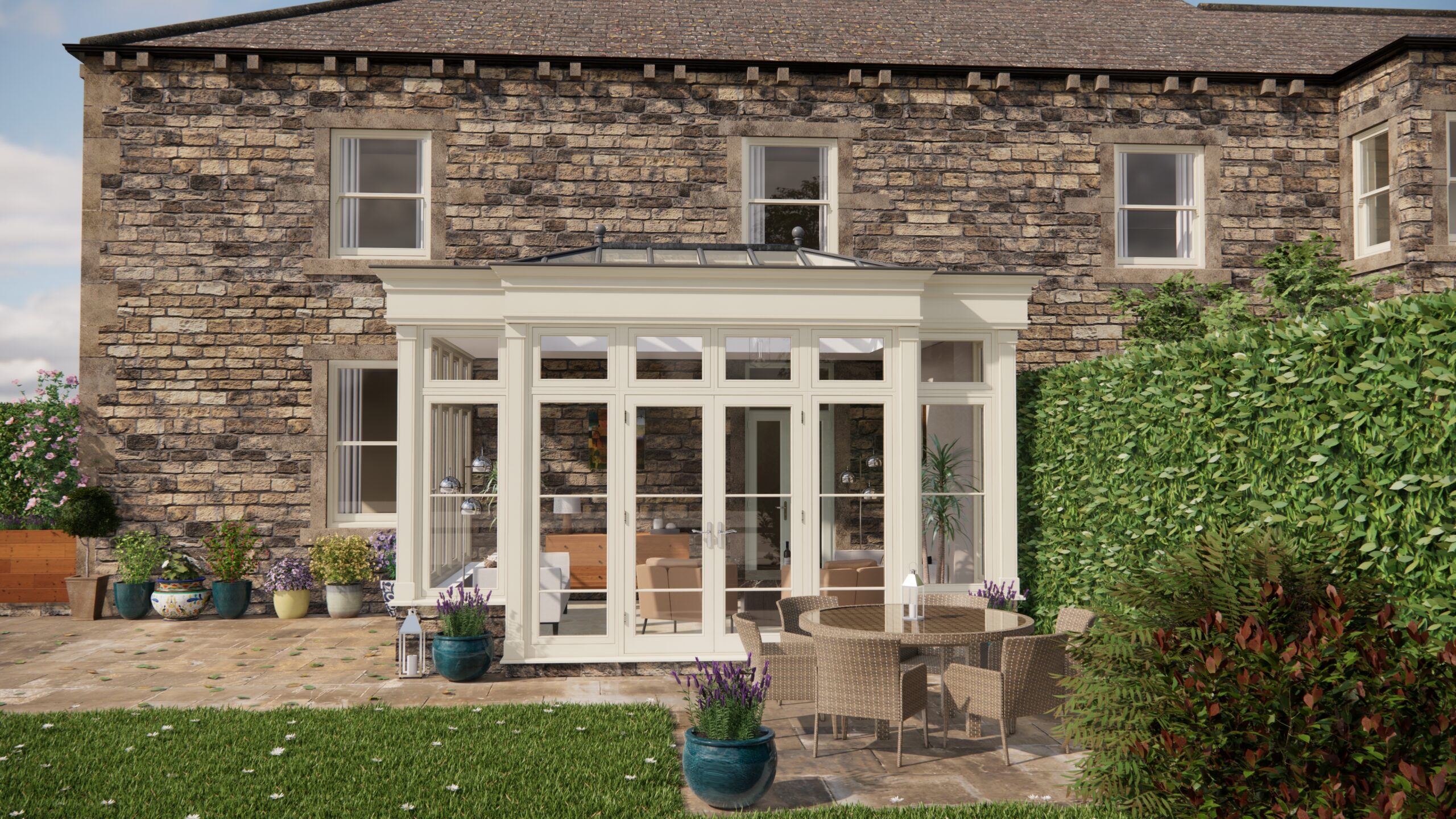Right, let’s talk small gardens. Specifically, my small garden. For years, I felt a twinge of garden envy looking at those sprawling country estates in gardening magazines. But then I realised, wait a minute, even a postage stamp of green can be bursting with joy. My mission became: Small Space, Big Impact. And honestly, it’s been a revelation. I want to share my journey, especially focusing on how I’ve broken down the year, season by season, to make the most of my little patch of British soil.
Spring’s Burst of Hope: Bulbs and Container Magic
Spring in the UK…ah, that feeling of everything waking up! For me, it starts with bulbs. Forced bulbs indoors, like hyacinths and daffodils, offer that initial splash of colour and incredible scent when everything outside is still a bit grey. Once the weather warms (and those pesky late frosts have hopefully passed), they graduate to the garden. For small spaces, it’s all about layering. Think about planting tulips at different depths, so they bloom at different times, extending the floral display. I also adore crocuses tucked into the lawn for an early buzz of bee activity.
Container gardening is vital here. I use a mix of terracotta pots and repurposed containers (old buckets painted up look surprisingly chic!). Tulips and daffodils do well, but I also love pansies and violas for their cheerful faces and long flowering period. A good tip is to use a peat-free compost – it’s better for the environment and retains moisture well. Don’t overcrowd the containers; give plants enough room to thrive. Remember to deadhead regularly to encourage more blooms. And don’t forget the slug pellets! Those little blighters love a spring feast.
Summer’s Abundance: Vertical Delights and Clever Layouts
Summer is when the garden really comes alive. The challenge is to maximize every square inch. This is where vertical gardening becomes a game-changer. I’ve built a simple pallet garden against my shed wall, perfect for growing herbs and strawberries. Hanging baskets are another must-have. Trailing geraniums, petunias, and fuchsias create a cascade of colour. For a more structured look, consider wall-mounted planters. They add interest and provide a home for climbers like clematis or honeysuckle.
Layout is crucial. I avoid straight lines, which can make a small space feel even smaller. Instead, I opt for curved paths and staggered planting to create the illusion of depth. Taller plants go at the back, gradually sloping down to smaller ones at the front. This also ensures everyone gets their fair share of sunlight. I grow most of my herbs in a dedicated raised bed. It adds height to the garden and makes them easy to harvest for summer dishes.
Autumn’s Farewell: Colour and Structure
Autumn is about embracing the changing colours and preparing for winter. While summer bedding fades, it’s time to introduce plants with stunning autumnal foliage. Acer palmatum (Japanese maple) in a large container is a real showstopper, providing fiery reds and oranges. Sedums, with their dusky pink flowerheads, also look fantastic. Don’t forget about grasses! They add texture and movement to the garden, even in winter.
The key autumn task is tidying up. Remove spent annuals, prune shrubs, and collect fallen leaves to make leaf mould. This will enrich the soil for next year. Autumn is also an excellent time to plant spring-flowering bulbs, ensuring a vibrant display when winter retreats. I also make sure that any tender plants are taken under shelter, either in a greenhouse or orangery, to protect them from the winter frosts.
Speaking of orangeries, they truly extend the season for many gardeners. Being able to move more tender plants into the warmth of an orangery can ensure survival through the winter and provide much needed splashes of colour. Orangeries are a fantastic investment, allowing you to extend the growing season, bringing many plants through the winter.
Winter’s Solace: Evergreen Structure and Bird-Friendly Features
Winter in the UK can be bleak, but it doesn’t have to be dull. The focus shifts to structure and evergreens. Conifers, boxwood, and winter-flowering heathers provide year-round interest. Think about adding some berry-bearing shrubs like cotoneaster or pyracantha. The berries add a splash of colour and provide food for birds.
A small water feature, even just a bird bath, can attract wildlife to the garden. I make sure to keep my bird feeders topped up throughout the winter. It’s a joy to watch the birds flitting about, even on the coldest days. Winter is also a great time to plan for the coming year. Review your successes and failures, and start dreaming up new planting schemes.
So there you have it: a year in my small UK garden. It’s all about understanding the seasons, making smart choices, and embracing creativity. By focusing on the specific tasks and aesthetic considerations for each season, you can create a garden that brings you joy all year round. Remember to maximise every space and create a relaxing enviornment. From the earliest spring bulbs to the stark beauty of winter, my small garden is a constant source of inspiration and tranquility.


